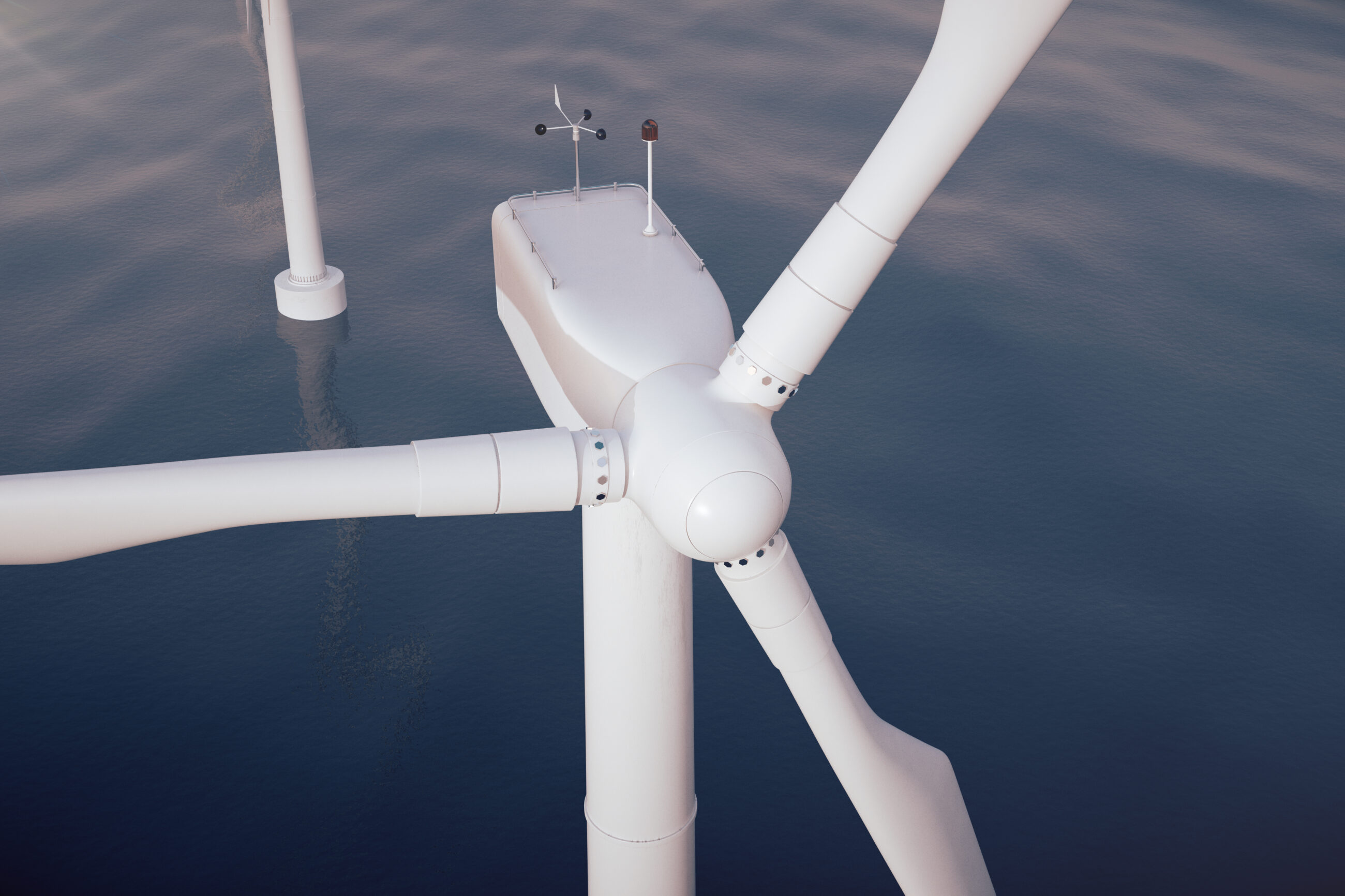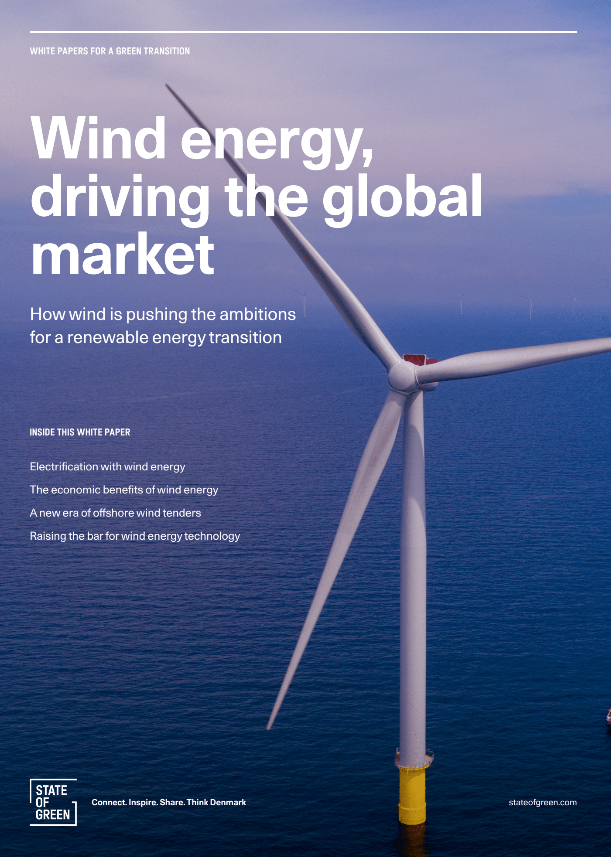Download our publication on wind energy today
This article is part of our publication ‘Wind energy’.
Download nowPerspective
Offshore wind
Wind energy


In recent years, the share of wind in the Danish electricity consumption has increased steadily from 18 per cent in 2004 to 46.1 per cent in 2020. By 2030, wind energy is expected to cover almost 70 per cent of the electricity consumption.
Denmark is closely connected to its neighbouring countries and export/import electricity on an hourly basis. In 2020, an average kWh in Denmark consisted of 66 per cent wind, hydro, and solar power, 8 per cent coal, 16 per cent waste, biomass, and biogas, 6 per cent natural gas, 3 per cent nuclear power, and 1 per cent oil. A wind turbine installed in 2020 has a lifespan of at least 25 years.
During its lifetime it can produce up to 40 times the amount of energy that went into manufacturing, transporting and installing it. Security of supply is very high in Denmark. Danes have electricity in the socket 99.997 per cent of the time. In Denmark, the current month with the highest wind penetration in the electricity grid was January 2020. This month 66 per cent of the electricity consumption was on average covered by wind energy.
The day with the record highest wind penetration was February 6th, 2020, where wind energy covered 115 per cent of the domestic electricity consumption. The highest wind penetration for one single hour was on April 13th, 2020, where wind energy covered 165 per cent of the domestic electricity consumption.

This article is part of our publication ‘Wind energy’.
Download nowPerspective
Sector coupling
+9